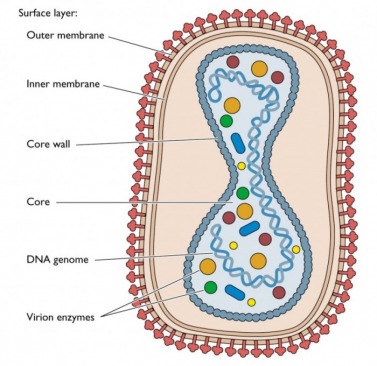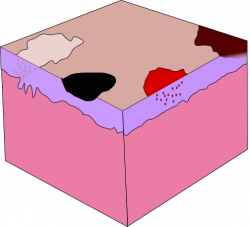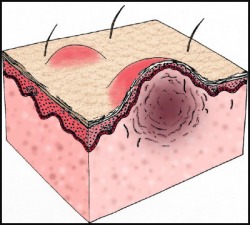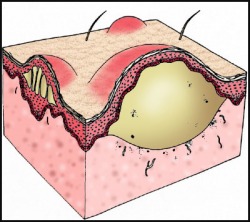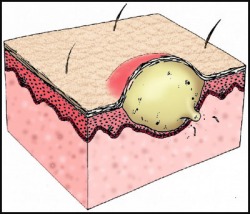Virology
Poxviridae
Chordopoxvirinae
- Poxviruses of vetebrates
- 8 Genera: Orthopoxvirus
- Smallpox
- Vaccinia
- 8 Genera: Orthopoxvirus
- Smallpox
- Vaccinia
Entomopoxvirinae
- Poxviruses of insects
Features
Poxviruses are double stranded DNA viruses with complex capsids and envelopes. They are the largest of viruses, being up to 300nm in diameter, which is just visible with high-quality optical, ultraviolet light microscopes. Since they are large in size, it allows them to be potential vectors for the introduction of genetic materials in vaccinations and gene therapy. They have a unique oval shape and are antigenically very complex and can remain stable in the air for hours.
Poxviruses are double stranded DNA viruses with complex capsids and envelopes. They are the largest of viruses, being up to 300nm in diameter, which is just visible with high-quality optical, ultraviolet light microscopes. Since they are large in size, it allows them to be potential vectors for the introduction of genetic materials in vaccinations and gene therapy. They have a unique oval shape and are antigenically very complex and can remain stable in the air for hours.
All poxviruses produce lesions that progress through a series of stages:
1. Macule
2. Papule
3. Vesicle
4. Pustule
5. Crust
6. Scar
1. Macule
2. Papule
3. Vesicle
4. Pustule
5. Crust
6. Scar
Poxvirus pustules then dry up to form a crust, and because these lesions penetrate the dermis, they may result in characteristic scars.
